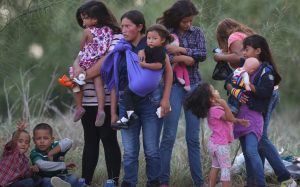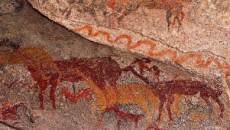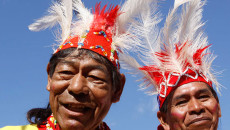By Jhon Capa
Infosurhoy.com
The murder of 10 rappers since 2007 in Comuna 13 has not silenced the musicians who serve as the community’s social activists.
MEDELLÍN, Colombia – When a bullet silences an artist in Medellín’s Comuna 13, the sound of the gun is never louder than the echo of his voice.

Since 2007, 10 rappers have been murdered, all of them involved in local cultural projects seeking to provide a better future to children through education and art.
The latest victim, Robert Steven Barrera, known as “Garra” from the group Alto Rango, was 18 when he was shot in the neighborhood Veinte de Julio on Nov. 9, 2012.
In Comuna 13, taxi drivers, athletes, vendors, pedestrians and even children are potential gang targets.
The district, which includes 19 neighborhoods, has an average of one police officer for every 134 residents, yet it accounted for 13.9% of the city’s 1,026 homicides between January and October 2012, according to the Human Rights Report published by the Instituto Popular de Capacitación (IPC).
About 11 armed groups serving criminal organizations such as Los Urabeños, Oficina de Envigado and Los Pesebreros have been identified in Comuna 13.
The groups are vying for control of territory to extort transportation workers and merchants, as well as control narco-trafficking areas and the route to western Colombia, which provides access to the Pacific Ocean.
Resident Jeison Alexander Castaño, known as Jeihhco of the group C15, said art provides a solution to the violence in Comuna 13. The rapper is working with local artists on a project titled “Comuna 13 territorio de artistas” (Comuna 13, the artists’ territory).
“We want to continue filling the district with art in a more consolidated manner and convert Comuna 13 into a territory to create, stage events and train artists,” Jeihhco said.
Jeihhco is part of “Escuela de Hip Hop Kolacho, pasos que no son en vano” (Kolacho Hip Hop School, steps that aren’t taken in vain), which was founded in 2009 in honor of Héctor Pacheco Marmolejo, a rapper known as Kolacho who was killed in August of that year. The school provides classes in hip hop, dance and graffiti to about 220 young people. Garra also was involved with the school at the time of his death.
“The kids who participate in educational programs like Escuela Kolacho receive training for life,” Jeihhco said. “If someone goes on to win a Grammy that would be great, but we’re more interested in kids leaving here with the ability to contribute to the development of this city.”
However, the work being done at art schools like Kolacho is being put at risk when the rappers who work with these children are targeted.
Jeihhco is among 20 rappers who have been exiled from their neighborhoods after being declared targets by criminal organizations after rapper Elíder Varela, known as El Duke, was fatally shot on Oct. 30, 2012.
The rappers are among 2,203 people forcibly displaced from Comuna 13 in 2012, according to the IPC.
Those displaced from Comuna 13 represent 26.3% of the 8,387 people forced to abandon their residences in Medellín due to pressure from criminal groups or who simply fled from the violence between Jan. 1 and Nov. 20, 2012.
“We’ve said that the district needs intervention from the international community, the Federal Government, the local government, civil society and security forces,” Jeihhco said.
Diana Barajas, the director of the IPC’s Human Rights Observatory, said rappers could be targeted because criminal organizations don’t approve of their showing children there is an alternative to conflict.
The Colombian Army has soldiers stationed at 11 points throughout Comuna 13, alongside seven police stations.
Since 2002, five military operations have been carried out in Comuna 13, resulting in 745 arrests.
However, violence remains a problem.
The report “El mito de la pacificación en la Comuna 13, tras 10 años de la Operación Orión” (The myth of the pacification of Comuna 13, 10 years after Operation Orión) shows that this operation – the largest of these military initiatives – resulted in the arrests of 714 suspects, including individuals alleged to be members of the Revolutionary Armed Forces of Colombia, the National Liberation Army and the People’s Armed Commandos.
In addition, 37 civilians and police officers were killed, 131 were wounded and eight people were registered as missing.
“We have to take care of the entire population and not allow a single death,” Jeihhco said. “This city needs to show the same level of outrage for all the victims.”




